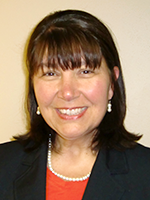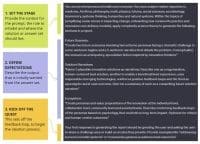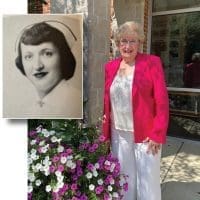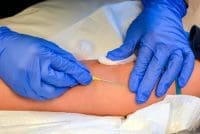
By Julie Cullen, Managing Editor, American Nurse Today
I recently spoke with Sharon Roth Maguire, MS, RN, GNP-BC, chief clinical quality officer at BrightStar Care. Home healthcare has been in the news lately, and I wanted to get her insights on what that might mean for the nursing profession.
I’ve read two articles recently related to some changing trends in healthcare. One is on the shrinking number of hospitals in the United States, and the other is on hospital care in the home. I’d love to hear your thoughts on both.
These articles are a refreshing take on what is an emerging trend in the healthcare system in the United States. It has been BrightStar Care’s experience that patients and payers prefer to see healthcare services delivered in the lowest cost highest quality way and in many instances that is the home. The data shared in these articles show higher patient satisfaction and lower rates of infection and readmission when services were delivered at home versus the hospital, which supports that in-home care of even complex conditions requiring complex services is not only a viable but perhaps even a preferred option.
What care do you think will have to stay in a hospital setting? What can easily take place in the home? And what care can take place in the home that might be surprising (to healthcare professionals or the general public)?
Individuals are often surprised at the services that can be provided in the home by competent and trained professionals, including interventions such as I.V. infusions for complex treatment regimens such as administration of I.V. immunoglobulin for autoimmune disorders or even chemotherapy, advanced wound care utilizing special equipment, care of individuals who are dependent on ventilators, peritoneal dialysis, and more.
Services that will likely still need to be delivered in a hospital setting would include ICU level services, certain diagnostics that require special imaging equipment, and immediate postsurgical care for specialized procedures.
How is current technology being used to help nurses care for patients in the home? What new technologies do you see on the horizon?
The growth of technology in the home setting has grown steadily and is likely to continue with the introduction of robotics for simple companionship and provision of basic tasks. Currently, there are web-based/electronic devices that can measure and track important health information, such as weight, blood pressure, heart rate, respiratory rate, temperature, blood glucose, sleep patterns, food patterns, activity patterns, medication management and more, sending alerts to individuals identified by the patient if there are worrisome findings.
From a provider’s perspective, the use of automated clinical documentation has made the availability of remote real-time, patient-specific data a reality. These types of tools enhance communication, enable earlier identification of risk, and promote earlier intervention to reduce the likelihood of negative outcomes such as hospitalizations, falls, etc. When professional in-home caregivers use these tools it enables nurses to focus their time on important triage of care concerns that may have gone unnoticed, unreported, or underreported in a paper-based world.
Do you think the home health trend will change nursing education? What can schools do to help prepare nursing students for new care settings? What resources are available to current nurses who want to transition to home health?
I do think this trend will and should change the shape of nursing education. For decades now, the hospital has been considered the foundation of nursing experience and while there are many skills that a student can practice in the hospital, the home environment now offers those as well. The demand for nurses with in-home experience will increase and academia needs to respond accordingly. I would love to see the interactive advanced skills labs that are popular at schools of nursing set-up to reflect the provision of these services in the client’s home, not just the hospital. How does one administer I.V. immunoglobulin in the home with the client’s dog on his or her lap while seated in a recliner covered in a favorite blanket?
Do you envision new roles for nurses as more care moves to the home?
Care advocacy is critical and the emergence of care coordination services that are nurse led seem to be something that is and will be needed and highly valued by payers and consumers alike, especially those consumers who have limited support. The oversight of care by a nurse is invaluable and what we see as a significant point of distinction at BrightStar Care is that every client—from those who receive the simplest companion level care to the most complex skilled care in the home—has an RN overseeing that care. The RNs performs regular health and wellness evaluations following the national patient safety goals of The Joint Commission, and they identify health concerns that may require follow up by the patient or family. This is incredibly valuable to optimize overall health and function to support clients staying at home for as long as possible.
Is there anything else you’d like to share with our readers?
Consider home health nursing as a career path! It’s a rewarding and fulfilling specialty within nursing and a privilege to journey with patients in a way that honors their unique needs delivered in a place where they generally feel most comfortable and safe.
Julie Cullen, managing editor of American Nurse Today and a curator of online content for the American Nurse Today website, is most definitely not a nurse, but she admires what all of you do everyday. In her Off the Charts blog she shares some of her experiences as a patient and family member of patients, thoughts and ideas that occur to her during her work editing nursing content, and information she thinks you might find interesting. Julie welcomes your feedback. You can submit a comment on the website or email her at jcullen@healthcommedia.com.



















1 Comment.
Hi Julie,
What issue of American Nurse Today, can I find this particular article?
Thank you!